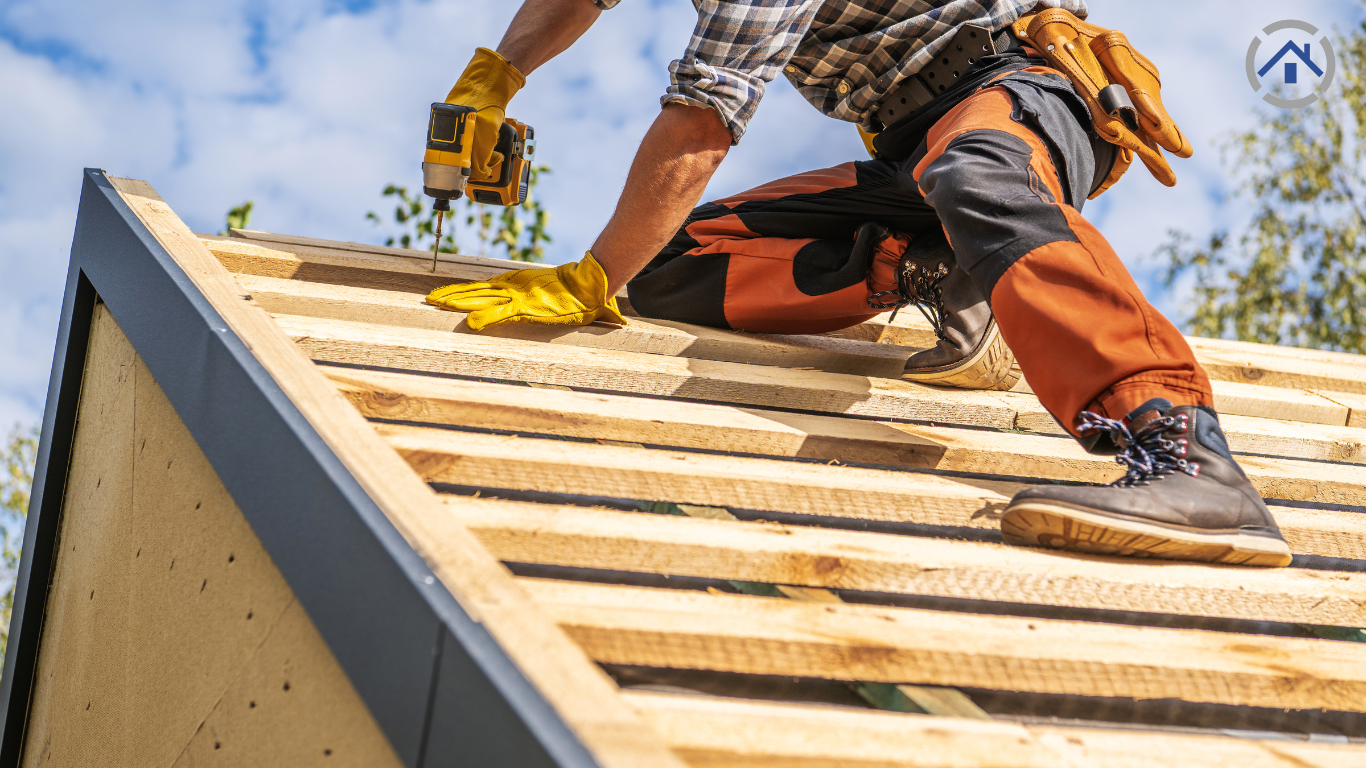
If you're just starting as a homeowner or facing roof issues for the first time, understanding the various parts of a roof might be unexpected. Beyond just shingles and gutters, there's something crucial called roof sheathing.
What exactly is roof sheathing? We're here to explain what roof sheathing is and what it does.
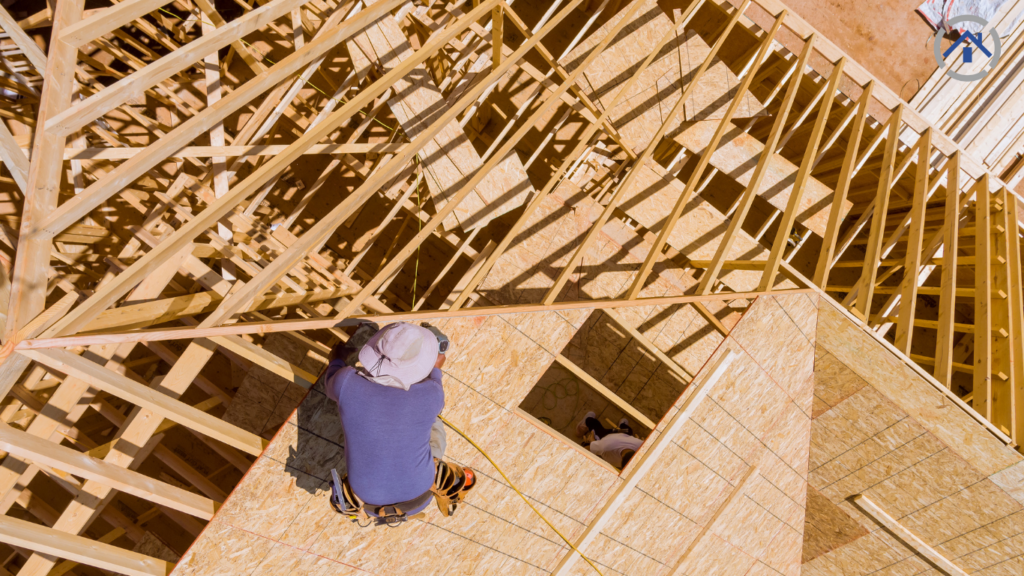
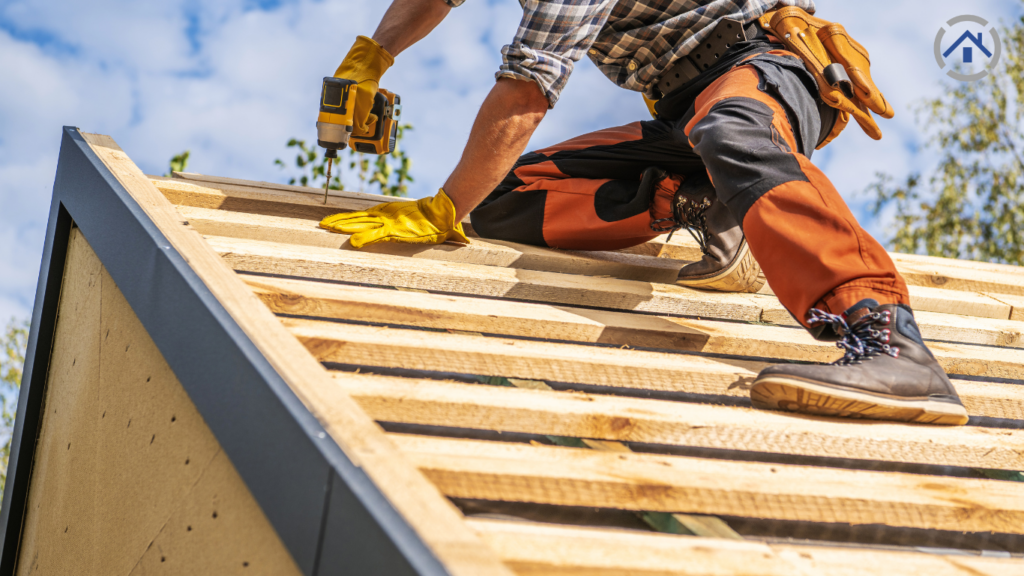
Roof sheathing, sometimes called roof decking, is like a sturdy wooden layer placed on your roof's frame to give it strength. It helps support the weight of your roof. Your roofer will then nail your shingles onto these wooden boards.
Roof sheathing serves a crucial role in making your roof strong. Its main job is to provide a sturdy base for the entire roof structure. Think of it like the foundation for your roof. By offering solid support, it ensures that the weight of your roof is evenly distributed and can withstand various weather conditions like wind and snow. Without roof sheathing, your roof wouldn't be as stable or durable. It's like the backbone of your roof, holding everything together.
Additionally, roof sheathing provides a surface for roof coverings, like shingles, to be securely attached. So, when your roofer nails down those shingles, they're actually fastening them onto the roof sheathing, ensuring they stay in place and protect your home from the elements. In summary, roof sheathing plays a vital role in strengthening your roof, providing stability, and supporting the materials that keep your home safe and dry.
Roof sheathing comes in two types: oriented strand board (OSB) and plywood. Both are made of wood, but OSB is lighter and cheaper, while plywood is stronger but heavier and pricier.
Many roofers like using OSB nowadays, especially for lighter roofs. It's good for holding shingles and keeping your roof stable. However, when dealing with heavier materials like slate or concrete tiles, plywood is often the better choice because it's stronger.
So, whether it's OSB or plywood, roof sheathing adds strength to your roof and gives it something solid to hold onto. It's like the sturdy base of a house. Roofers pick the type depending on the weight and type of roofing material being used, ensuring your roof stays safe and secure.
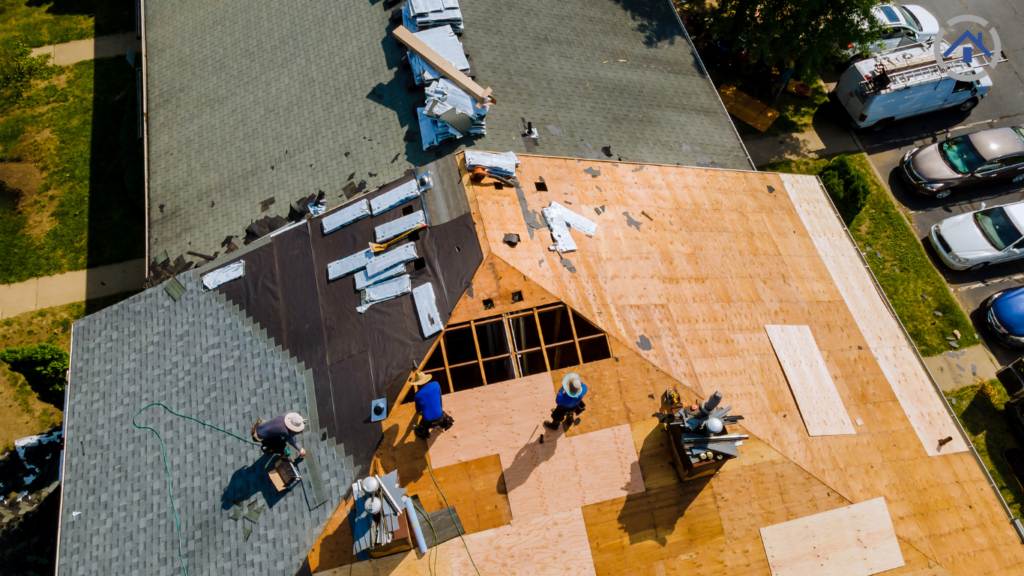
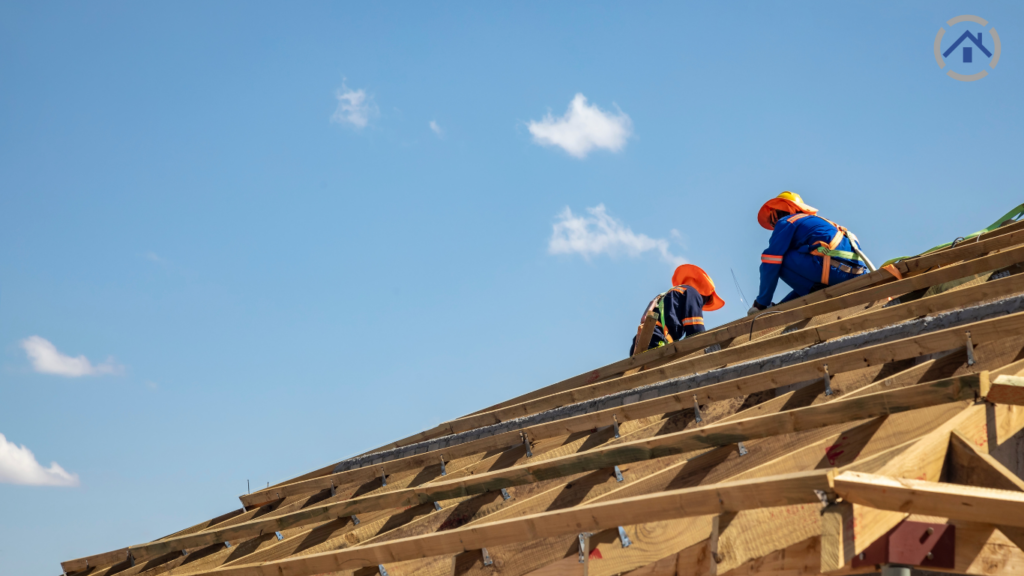
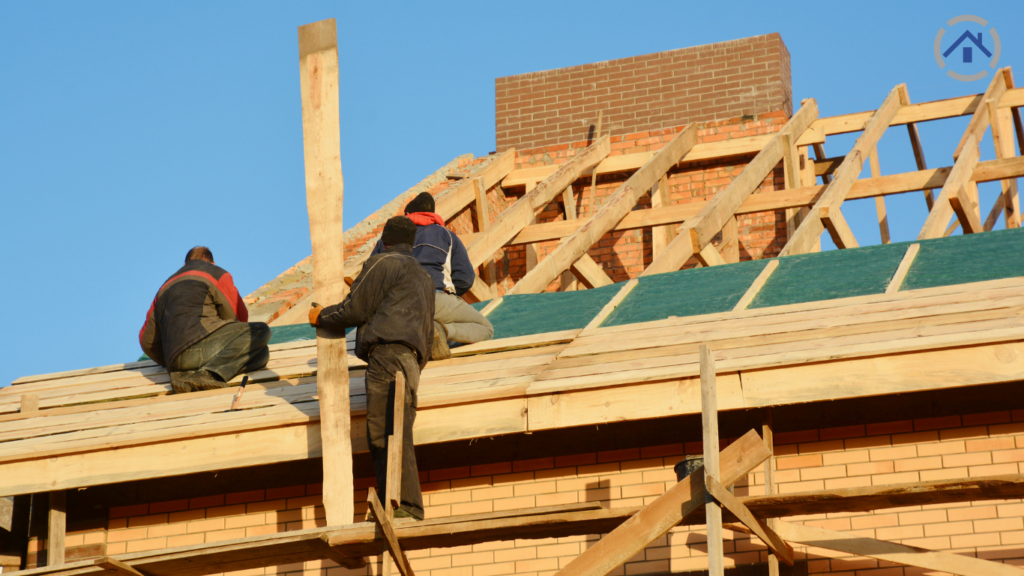
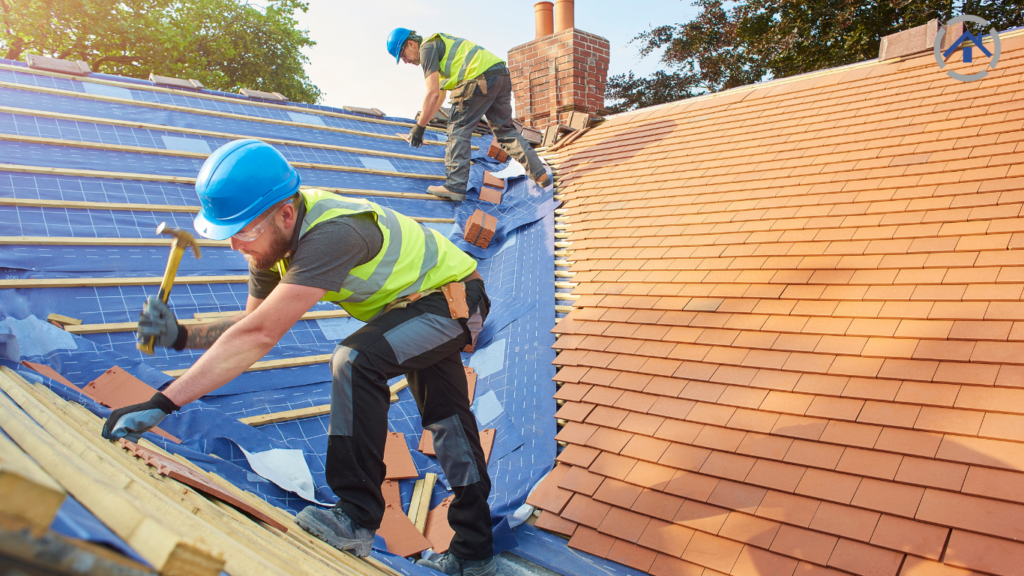
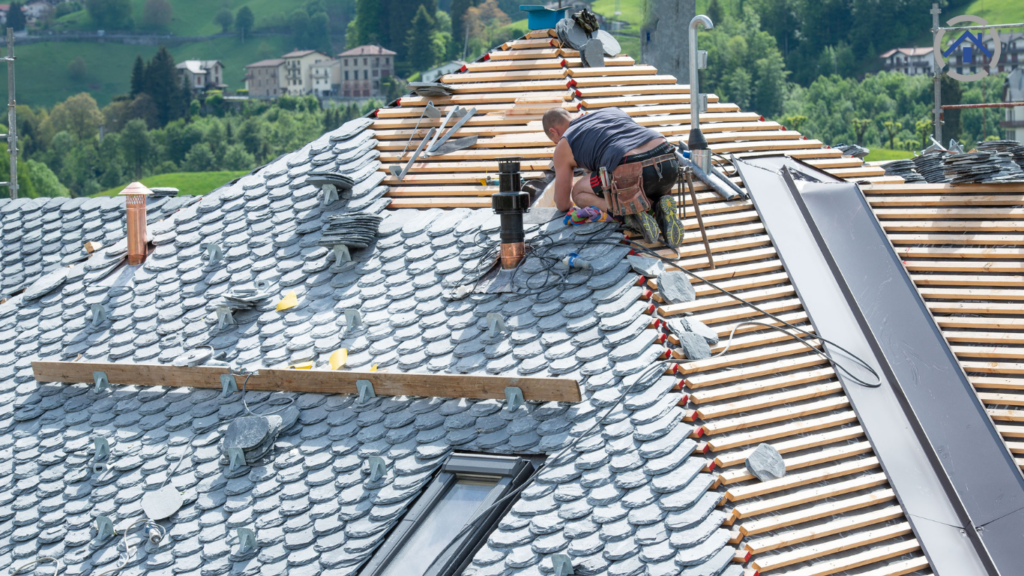
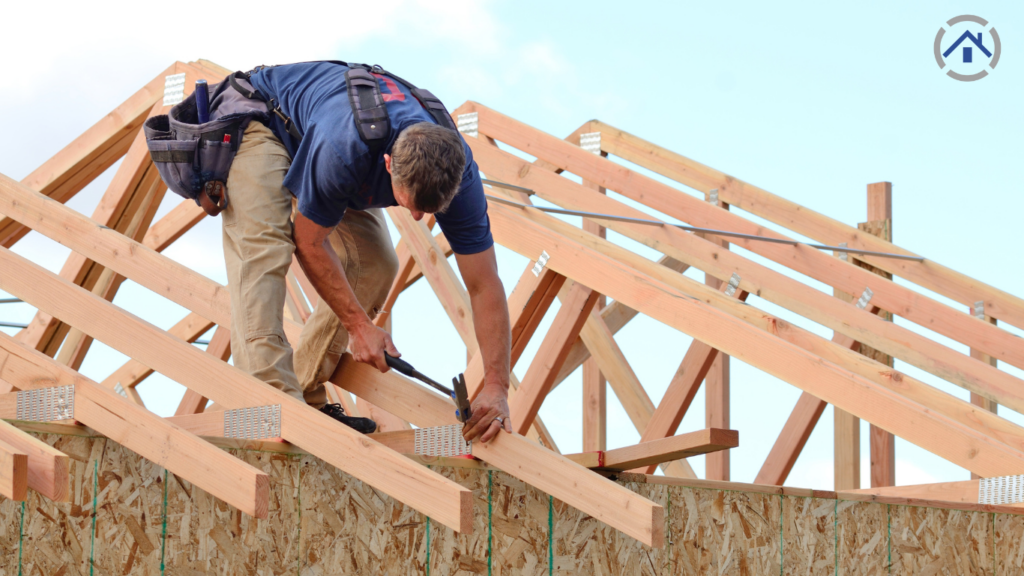
Knowing when you need a new roof sheathing is crucial for keeping your roof strong and your home safe. If your roof sheathing is old, worn out, or damaged, it's important to replace it promptly.
The most obvious time to replace roof sheathing is when you're getting a new roof installed, but there are other signs to watch out for.
When you can see broken or damaged sheathing boards, it's a clear sign that you need a roof replacement. You can usually spot this easily because your roof might sag, and you might even find sawdust and broken pieces in your attic. This damage can happen if something heavy, like a tree branch, falls on your roof, or if your roof is just really old.
Water damage is a big problem for roofs. If you notice leaks, puddles, or water stains on your ceiling, you need to address it immediately. Water damage to sheathing is especially bad because it can weaken the structure of your roof. It's best to replace water-damaged boards as soon as possible.
If you see parts of your roof sheathing starting to rot, it's definitely time for a replacement. Rotting sheathing is often caused by water damage, but you might not notice it until it's too late. You can check for rotting sheathing by going up to your attic with a flashlight. Look for dark spots in the wood, or feel for soft spots with your hand or a hammer.
If you can see light passing through holes in your roof from inside your attic, that's a bad sign. It means water can get through too, which can cause more damage. Seeing the sky through your roof is never a good thing, so if this happens, call a roofer right away.
One of the most obvious signs of roof sheathing damage is a sagging ceiling or roofline. If you're inside your home and notice parts of the ceiling seem lower than others, your sheathing might be the problem. Similarly, if you can see from outside that parts of your roof are sagging, it's time to call a roofing contractor.
These are the main signs that you need new roof sheathing. Keeping an eye out for these issues can help you catch problems early and prevent further damage to your roof and home. If you notice any of these signs, don't hesitate to contact a professional roofer to assess the situation and make any necessary repairs or replacements.
When putting up roof sheathing, use nails that are longer, thicker, and have bigger heads than you might think you need. Also, use more nails and put them closer together to make the roof stronger.
Using H-clips will help support the edges of the panels better.
By using these methods, you ensure that the roof sheathing is securely attached to the roof's framework. It's like making sure all the pieces fit together snugly to create a sturdy structure. These steps are important for keeping your roof strong and durable, especially during bad weather like strong winds or heavy rain. So, when it comes to attaching roof sheathing, using the right nails and H-clips can make a big difference in the overall strength and stability of your roof.
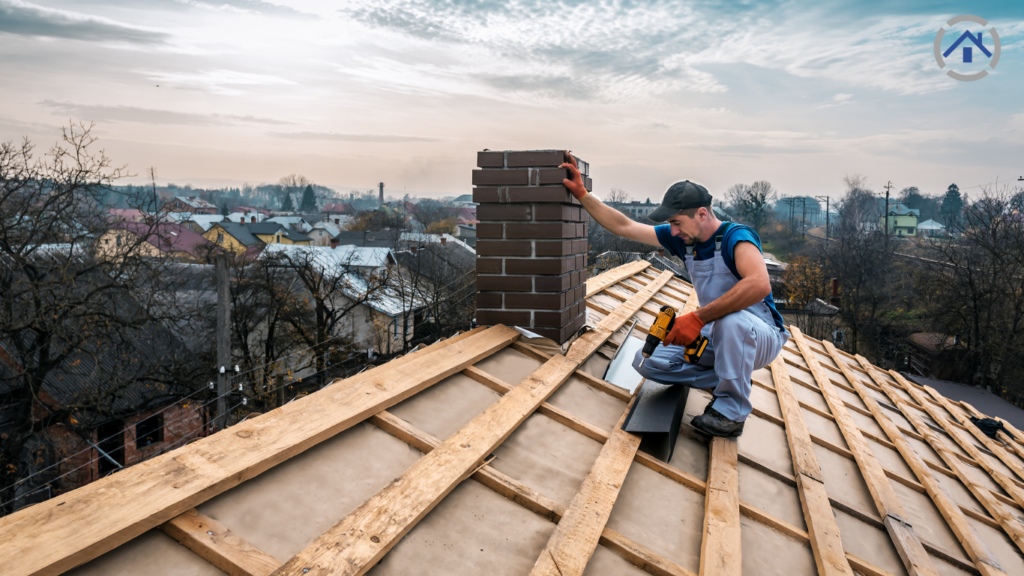
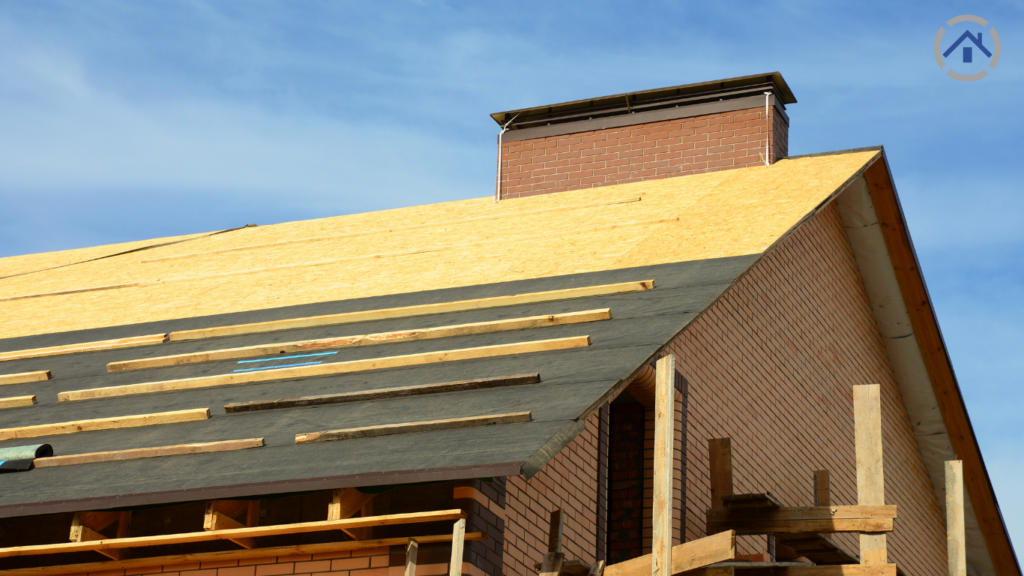
Roof sheathing offers many benefits, besides making your roof stronger.
Back when people started using asphalt shingles for roofs, they didn't always use roof sheathing. But they soon realized that without it, roofs were more likely to leak. Even though modern shingles have weatherproofing, adding sheathing gives extra protection against leaks and extends the life of your roof.
Roof sheathing helps spread out the weight evenly on your roof. By attaching to the strong beams of your roof, it prevents heavy snow or rain from making it bow or sag. It also helps support the weight of asphalt shingles, ensuring they don't cause any damage.
While nothing can make your roof completely fireproof, many sheathing materials have fire retardant treatments. This helps in resisting fires on the roof or in the attic.
These benefits make roof sheathing an essential part of your roofing system. If your sheathing is old or damaged, it's important to replace it as soon as possible to keep your home safe and secure.
Roof sheathing is crucial for a strong and durable roof, offering benefits like leak prevention, added strength, and fire protection. Recognizing signs of damage is key to maintaining your roof's integrity. If you notice any issues, it's best to seek professional help promptly to ensure your home remains safe and secure.